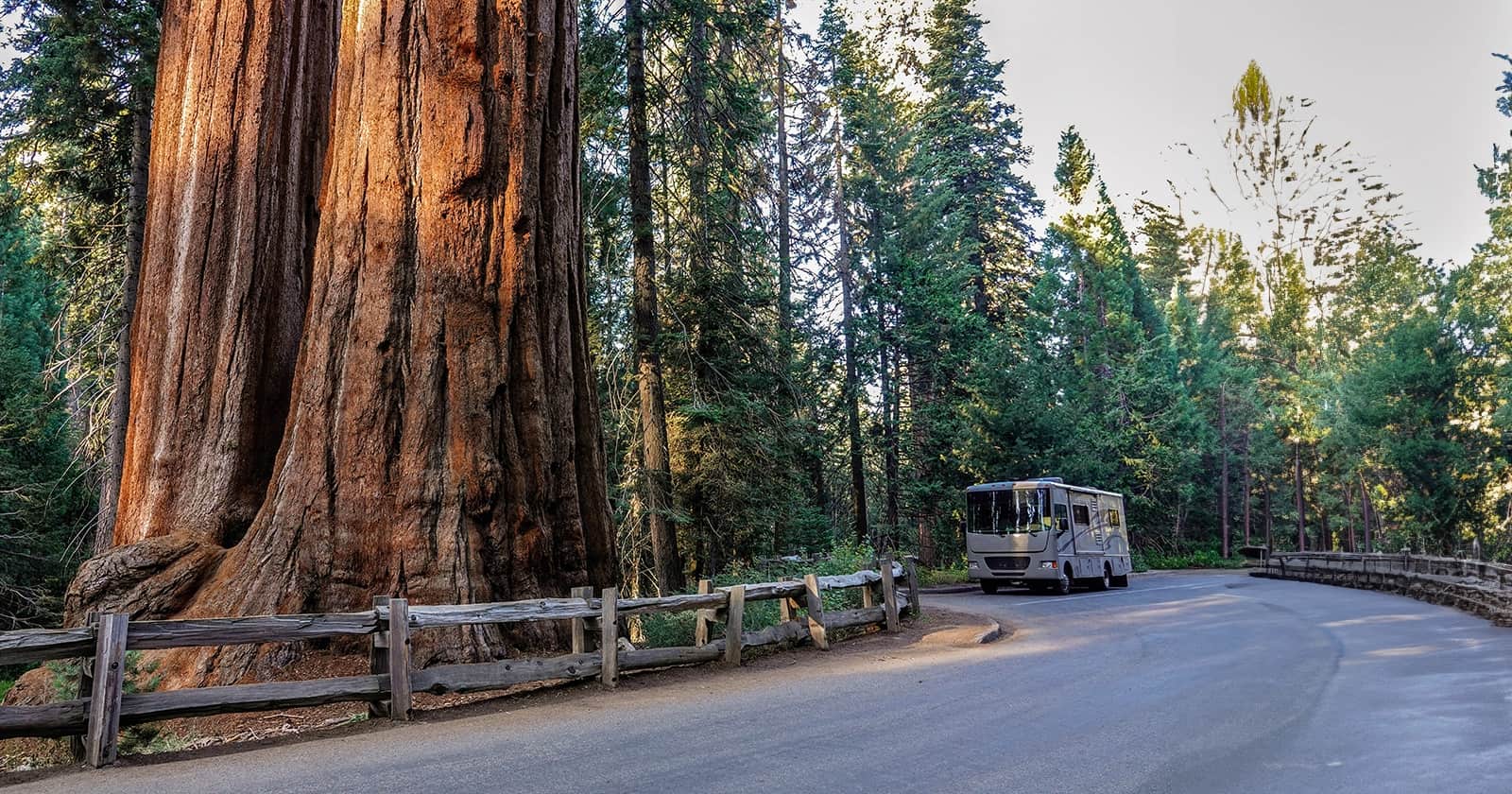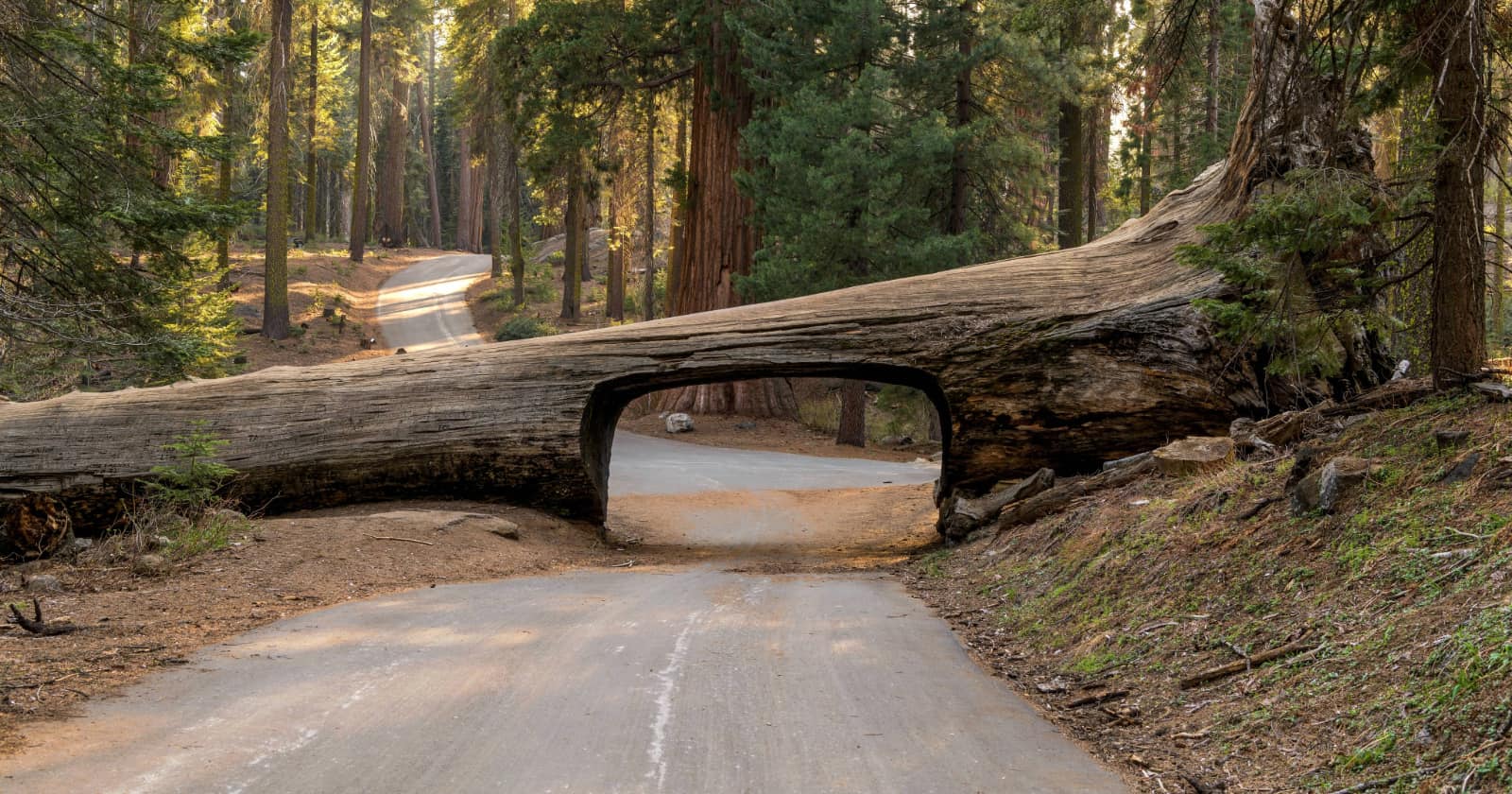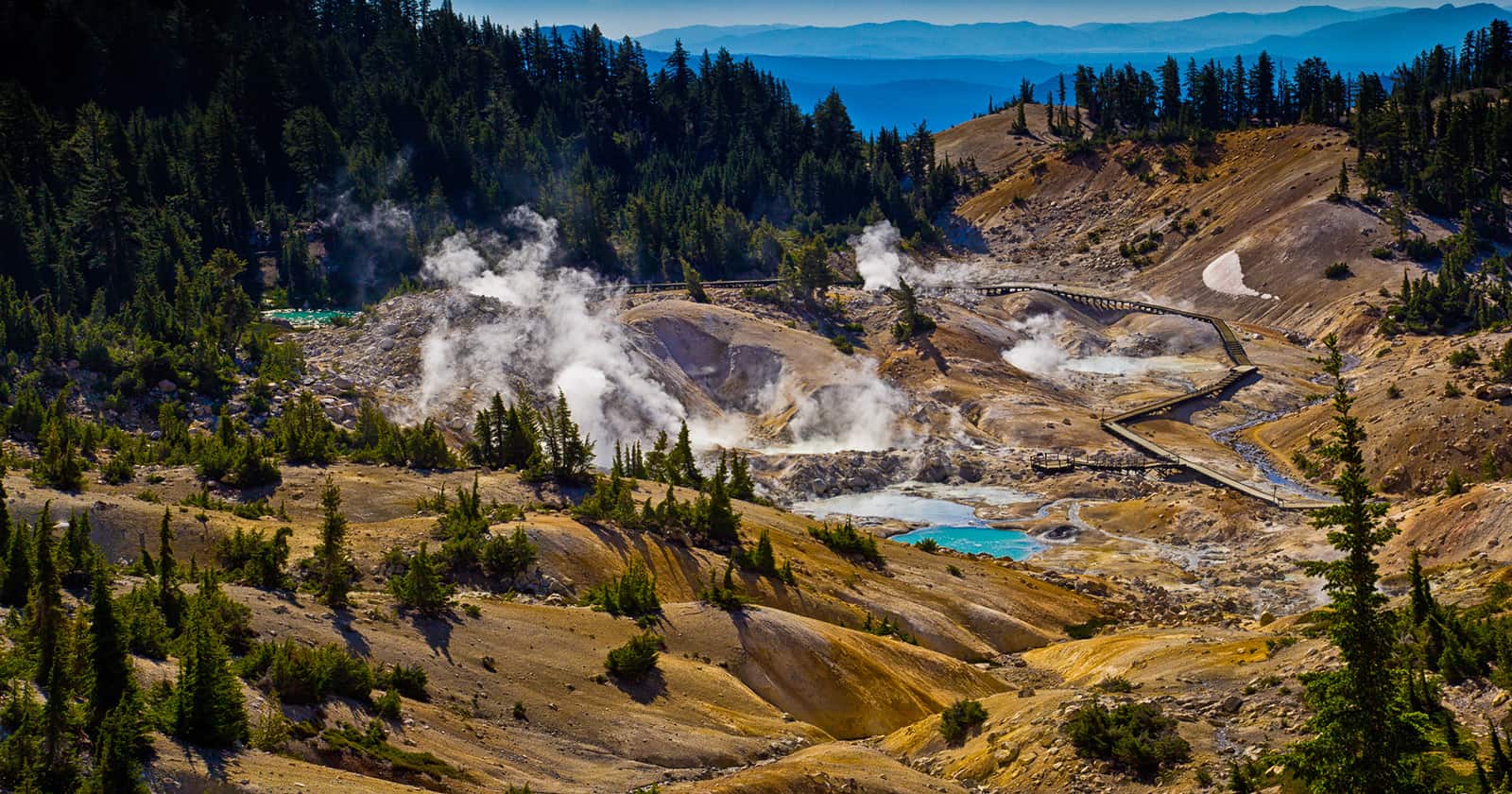Essential Tips and Information for An Unforgettable National Park RV Trip
Camping in national parks is one of the most rewarding ways to experience these breathtaking landscapes. It allows you to truly immerse yourself in the beauty of nature, making it convenient to explore amazing sights, participate in ranger programs, and ensure you make the most of your visit.
That said, there are essential things you should know about camping in national parks, especially if you plan to visit in an RV. If a national parks RV trip is on your bucket list, continue reading to discover all the vital details that will help ensure you have the most unforgettable trip ever!
Why Camp in National Parks?
In our opinion, camping inside the national park you’re visiting surpasses camping outside of the park any day. While this isn’t always feasible, if the opportunity arises, you should seize it.
Camping in national parks offers a unique opportunity to experience the parks at a leisurely pace, providing:
- Increased chances to see wildlife, sometimes even while enjoying breakfast or grilling dinner.
- The ability to soak up the beauty of the location, even at sunrise and sunset.
- Maximized use of each day, including early morning or late-night ranger programs.
- Elimination of the need for day-use reservations if visiting a park that requires them.
Amenities in National Park Campgrounds
One of the significant drawbacks of RV camping in national parks is the lack of amenities many campgrounds offer. Most national parks campgrounds do not include electric, water, or sewer hookups at the sites. Some may have potable water and/or a dump station, but many don’t. Additionally, only a few national parks campgrounds offer flush toilets and showers, meaning a vault toilet might be all that’s available.
However, this doesn’t have to be a problem. By equipping your RV with a robust solar system, inverter, and battery bank, and visiting during the right season, you can manage without an electric hookup. Likewise, filling your fresh tank before arrival and dumping it when you leave is usually manageable. Just ensure you know what your campground offers and arrive prepared!
A great resource for campground information is RV LIFE Campgrounds.
Size Restrictions at National Park Campgrounds
Another essential consideration is that many national park campgrounds have strict size restrictions, making it challenging for those with larger RVs to camp there. Some parks only allow RVs up to 35 feet in length, while others restrict to no more than 20 feet. Generally, these limitations exist for valid reasons such as low clearance, windy roads, or steep grades. Therefore, be sure to know your RV’s size and check for any restrictions before booking to avoid complications later!
Finding National Park Campgrounds
Wondering how to find national park campgrounds? It’s actually quite simple. Just head to the website of the park you plan to visit and look for camping information there.
Typically, the site will either inform you that there are no drive-in camping options available or provide a list of campgrounds with essential information about them. You may need to dig a bit deeper to find details such as size restrictions and included amenities. If those specifics aren’t listed on the park’s page, and reservations can be made, try clicking through to make a reservation, as Recreation.gov usually provides this information. Otherwise, a quick internet search for the campground should yield the information you need.
Booking National Park Campgrounds
Some national park campgrounds operate on a first-come, first-served basis. If this is the case, it will usually be stated on the park’s website. In this scenario, you cannot make a reservation and must arrive on the day you’d like to camp, hoping for a spot. Unfortunately, in more popular parks, this can be risky. If you choose this option, try to start your trip on a weekday and arrive 30-60 minutes before check-in time to increase your chances of securing a spot.
If reservations are possible, we recommend booking as soon as you can. For most national park campsites, this means reserving six months in advance at 7 am PDT. There are exceptions to this rule (Yosemite, for example), so double-check that the 6-month rule applies to your destination. All national park campground reservations are made at Reservation.gov. If you prefer to reserve over the phone, the contact number is listed on their site.
Alternatives to Camping in National Parks
Can’t camp without hookups? Have a large RV that won’t fit in the park you’re planning to visit? As much as we love camping in national parks, we’ve also found satisfying alternatives. Don’t worry! You can still enjoy a fantastic trip by camping as close to the park as possible, arriving early, and planning at least one night’s visit if nighttime ranger programs are available.
One of our favorite alternatives to national parks campgrounds is boondocking just outside the park, an option available at several locations. This approach allows us to park near the entrance, immerse ourselves in nature despite not being inside the park, and often, we’ve encountered wildlife while doing so.
Of course, boondocking means no hookups. If you require hookups, you’ll need to find a full-fledged RV park or a nearby state park with the amenities you need. When looking for a boondocking site, RV park, or campground outside of a national park, we highly recommend using RV Life Campgrounds to ensure you have all the information you need for a comfortable stay!
In conclusion, national parks offer a unique and unforgettable camping experience. Whether you’re nestled within the park’s boundaries or exploring alternative camping options nearby, the beauty and serenity of nature await. Remember, preparation is key, so always research ahead and ensure your RV is equipped for the journey. We hope this guide has been helpful in planning your next adventure. If you found this information valuable, please share it with fellow RV enthusiasts and outdoor lovers. Let’s spread the joy of RVing in national parks!




